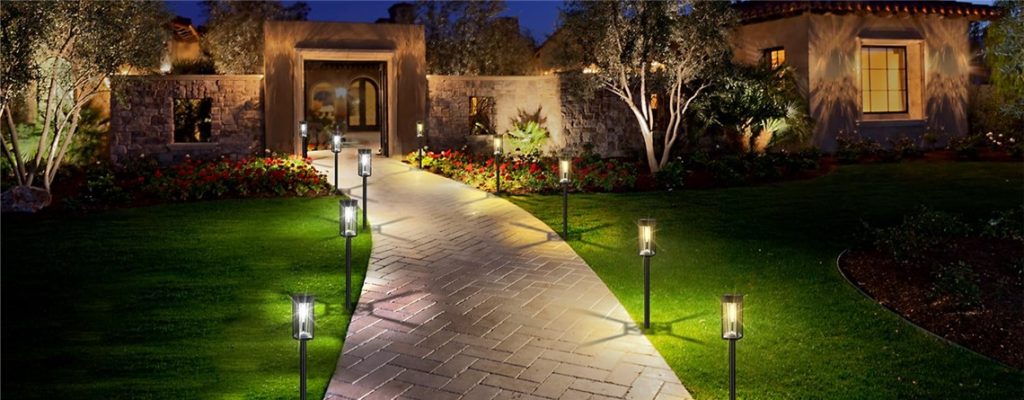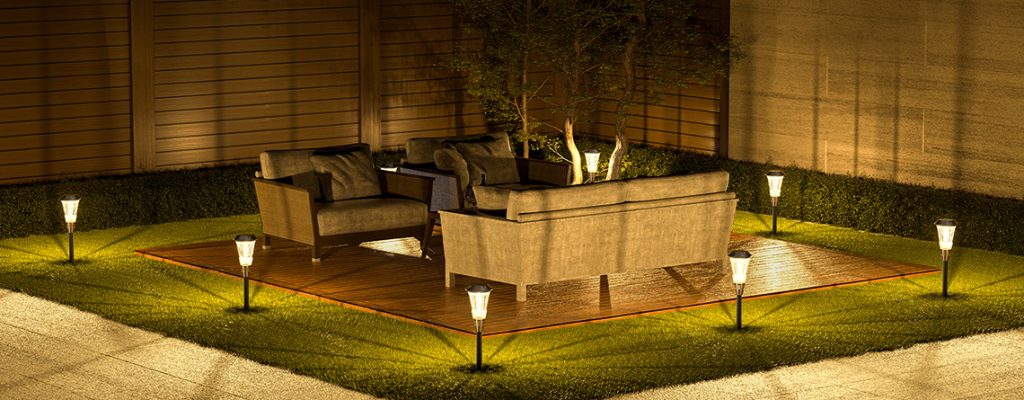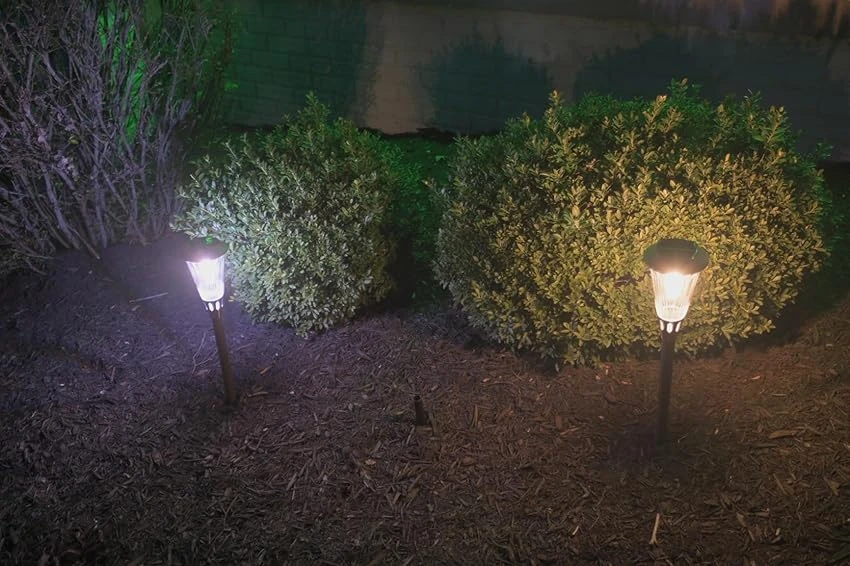As a pioneer in renewable energy solutions, Bitpott is excited to share this ultimate guide to small-scale solar lawn lights. These eco-friendly fixtures are revolutionizing outdoor lighting, blending sustainability with style. Whether you’re illuminating a garden, park, or courtyard, this comprehensive resource covers everything you need to know about solar lawn lights, from their functionality to their global applications. Explore why Bitpott’s solar lawn lights are the top choice for energy-saving, hassle-free illumination in 2025.

1. What Are Solar Lawn Lights and Their Benefits?
Solar lawn lights are compact outdoor fixtures designed for pathways, narrow lanes, residential neighborhoods, parks, plazas, tourist attractions, private gardens, and courtyards. Installed low to the ground on one or both sides of a path, they serve multiple purposes:
- Daytime Aesthetics: Their sleek designs, like those from Bitpott, enhance urban landscapes and garden aesthetics.
- Nighttime Functionality: They provide safe, reliable lighting for pedestrians, reducing accidents and improving convenience.
- Ambiance Creation: Thoughtful lighting effects highlight regional charm, creating stunning nighttime visuals.
2. How Do Solar Lawn Lights Work?
Bitpott’s small-scale solar lawn lights exemplify green technology with their safety, efficiency, and ease of use. Their operation hinges on photovoltaic conversion:
- Daytime Charging: Solar panels absorb sunlight, converting it into electricity stored in a battery via a smart control circuit.
- Nighttime Illumination: When ambient light drops below a preset threshold (e.g., at dusk), the battery powers the LED light source.
- Automatic Cycling: At dawn, the system halts power to the LED, and the panel resumes charging, ensuring sustainable operation.
3. Why Choose Solar Lawn Lights Over Traditional Options?
Compared to conventional lawn lights, Bitpott’s solar lawn lights offer unmatched advantages:
- Energy Savings & Sustainability: Traditional lights rely on grid power, increasing utility bills and carbon footprints. Solar lights use renewable energy, achieving zero-emission operation. According to a 2024 IEA report, solar adoption can cut urban energy use by up to 15% ([External Link: IEA Solar Report]).
- Hassle-Free Installation: Grid-powered systems require costly trenching and wiring. Bitpott’s integrated designs install in minutes with a simple ground stake, slashing setup costs.
- Superior Safety: Operating at a safe 2V, solar lights eliminate risks like electric shock, unlike grid lights’ higher voltages.
- Smart Automation: Built-in controllers adjust lighting based on ambient conditions, outperforming manual traditional systems.

4. How to Choose the Best Solar Lawn Lights
Selecting high-quality solar lawn lights, like those from Bitpott, requires evaluating key components. Here’s what to consider:
Solar Panel Types
- Monocrystalline Silicon: Offers 20% efficiency and a 25+ year lifespan but comes at a premium (3x the cost of amorphous silicon).
- Polycrystalline Silicon: Balances 18% efficiency with lower costs, ideal for budget-conscious projects.
- Amorphous Silicon: Affordable and functional in low light, but with lower efficiency and a shorter lifespan due to degradation.
Encapsulation Methods
- Glass Lamination: Delivers 15-year durability and high efficiency, perfect for long-term use.
- PET Lamination: Lasts 5–8 years, suitable for cost-sensitive applications.
- Epoxy Resin: Budget-friendly but less durable (2–3 years), best for temporary setups.
Battery Options
- Lead-Acid: Cost-effective but environmentally risky, fading from use.
- Nickel-Cadmium (Ni-Cd): Reliable in cold climates but limited by cadmium’s toxicity.
- Nickel-Metal Hydride (Ni-MH): Eco-friendly with solid capacity, widely used.
- Lithium: High energy density extends lighting time but requires safety circuits.
LED Quality
Bitpott’s patented LED chips outperform non-patented options, delivering brighter, longer-lasting, and more stable illumination with minimal light decay.
5. Understanding LED Color Temperatures for Outdoor Lighting
Choosing the right color temperature enhances the ambiance of your space:
- Warm White (2700–4000K): Creates a cozy, inviting vibe, perfect for villas and private gardens.
- Neutral White (5500–6000K): Offers clear, vibrant lighting for parks and plazas.
- Cool White (7000K+): Provides stark brightness for high-visibility areas like parking lots.
6. The Bright Future of Solar Lawn Lights
The global demand for solar lawn lights is soaring. In the U.S., they dominate private estates and event venues, with installations cutting lighting costs by up to 40%. In Europe, high lawn coverage and strict greening laws make them essential, while Japan and South Korea lead in public space adoption.
In China, rising environmental awareness fuels growth in residential and villa applications. With solar panel costs dropping 20% since 2023 (per IEA data), Bitpott predicts widespread adoption across commercial and rural sectors by 2030 .
FAQ: Your Solar Lawn Light Questions Answered
- How long do solar lawn lights last?
Bitpott’s lights, with monocrystalline panels, can last 25+ years, while batteries typically endure 3–5 years with proper care. - Are solar lawn lights worth it?
Yes! They save on energy bills, reduce emissions, and require minimal maintenance, offering a 2–3 year ROI ([Internal Link: Calculate Your Savings]). - Can they work in cloudy weather?
Bitpott’s advanced panels generate power even in low light, ensuring reliable performance.
About Bitpott
Founded in 2010, Bitpott is a trusted leader in renewable energy, delivering innovative solar solutions worldwide. Our solar lawn lights are certified for durability and efficiency, earning praise from homeowners and municipalities alike ([Internal Link: About Bitpott]).


Leave a Reply